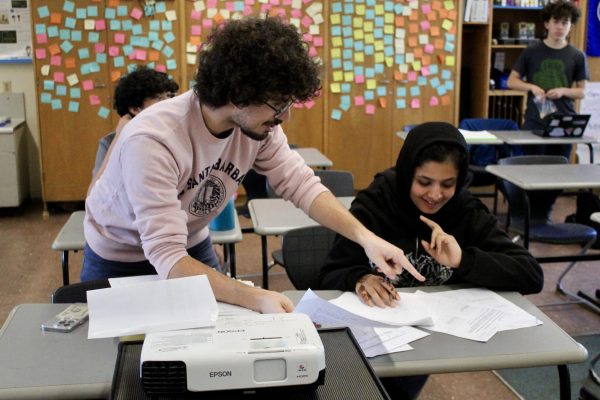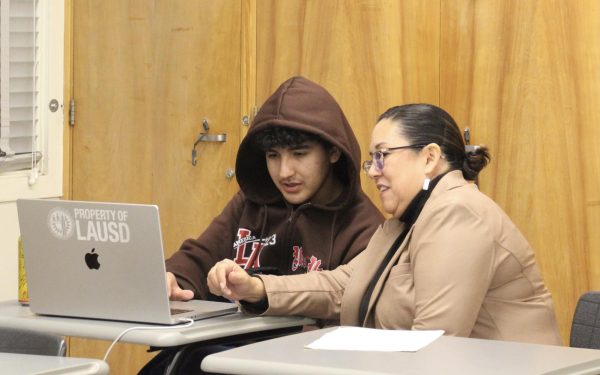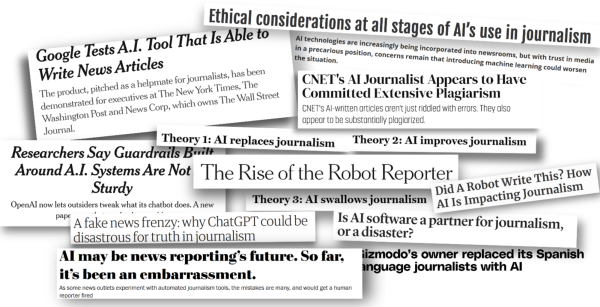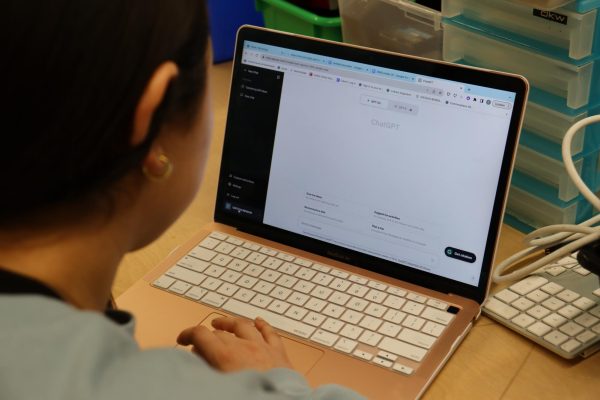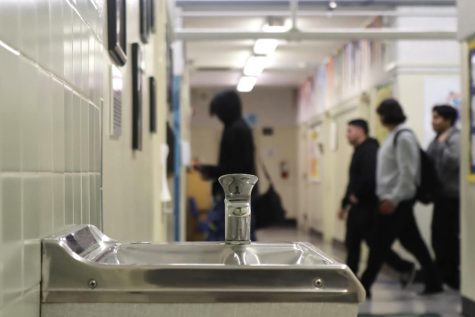New Common Core standards to challenge students
Science teacher Stephen Schaffter solves problems for his physics and chemistry classes in a unique way, a way meant to foster critical thinking and problem solving in his students.
He solves the problems “cold,” i.e. without looking at them before and he explains everything as he does it, blind alleys and all. This type of teaching is in line with the ideas promoted by the new Common Core State Standards.
Common Core are new standards designed to bring every state in the United States onto the same page in education. The standards will start being taught in the 2014-15 school year, however some students, including high school juniors, will have to take Common Core tests this spring in English and math as part of a trial run for the testing.
Teachers, too, are preparing for the switch to Common Core.
“Our teachers will be going to trainings in the coming months held by Common Core specialists that are designed to have the teachers move into the new standards,” Daniel Pearl Magnet High School (DPMHS) Magnet Coordinator Noreen Castellani said.
Some teachers, like Schaffter, are already using assessments and learning practices similar to those in Common Core.
Current standards focus on benchmarking and memorization. Common Core will focus on critical thinking and problem solving, both of which are vital 21st century workforce skills.
Part of adapting to the Common Core will be throwing away the old dynamic in which students get a quick, simple answer of “you’re right” or “you’re wrong,” says DPMHS Principal Deb Smith.
“Students will be asked to defend, refute and verbalize how they got their answers,” Smith said. “That will probably throw a lot of students who are used to the old dynamic off.”
Smith also said that Common Core will demand more of the students, asking them for more detail in a situation similar to an AP class.
“Common Core will ask the students to go deeper into the knowledge that they already have,” Smith said.
While the switch to Common Core will affect all subjects, the focus on problem solving will create bigger shifts in some classes than others, with mathematics perhaps having the biggest change.
“Students will be asked to make connections among mathematical topics and even mathematical courses more regularly,” said Dan Cramer, Mathematics Department Chair at DPMHS. “Students who take AP Calculus and AP Statistics are often asked to make such connections on their (AP) exams and I think students will benefit from facing similar demands in their earlier coursework.”
The idea of connections between courses is an important idea in Common Core. Instead of just glossing over many topics, teachers and students will focus on certain lessons and then practice them in detail.
For example, those students in fourth grade will now focus heavily on fractions for most of the year. Why? Because if you know fractions, you can do algebra and when you know algebra you can go on to higher math classes.
However, it is this stepping stone process that might put many high school students at a disadvantage when the Common Core kicks in.
“I am concerned that initially, high school students will face the new demands without the benefit of corresponding instruction in elementary school and middle school,” Cramer said.
These demands not only come in the form of the new standards but in the testing for said standards.
The new tests, like the standards, focus heavily on problem solving and abstract thinking.
All of the Common Core tests must be administered electronically, either on school issued iPads for K-8 grades or laptops for high schoolers. This electronic testing is likely to have wide effects on students, either from the new test medium, the new test questions or both.
“It’d be harder to concentrate taking the test on a computer since it’s on a screen,” junior Elyssa Gorospe said.
It’s not only students who are feeling concerned about the new version of testing; administrators have also said that there may be aspects of the testing that will throw some students off.
“Many students are used to being able to backtrack from an answer to prove that they’re right,” Castellani said. “With the Common Core testing, there may not even be an answer for them to backtrack from.”
One final aspect of the Common Core is one that’s often forgotten by most people. That is that standards are not curriculum. By definition, you don’t cover standards. A standard is defined as “something considered by an authority or by general consent as a basis of comparison.” It’s impossible to cover a basis, you can either meet the basis or not. What is taught in classrooms and what students learn under Common Core will likely be not dissimilar from education today. What will be different is how those things are taught.
Common Core represents an enormous restructuring of the American educational system, but for all of the potential hassles, the rewards are even more. Common Core creates independent, critically thinking graduates who will go out and reinvigorate the future.

Chris Bower is the Online Editor-in-Chief of The Pearl Post. Chris has been on staff for three years, starting as Tech Editor and then becoming Features...


